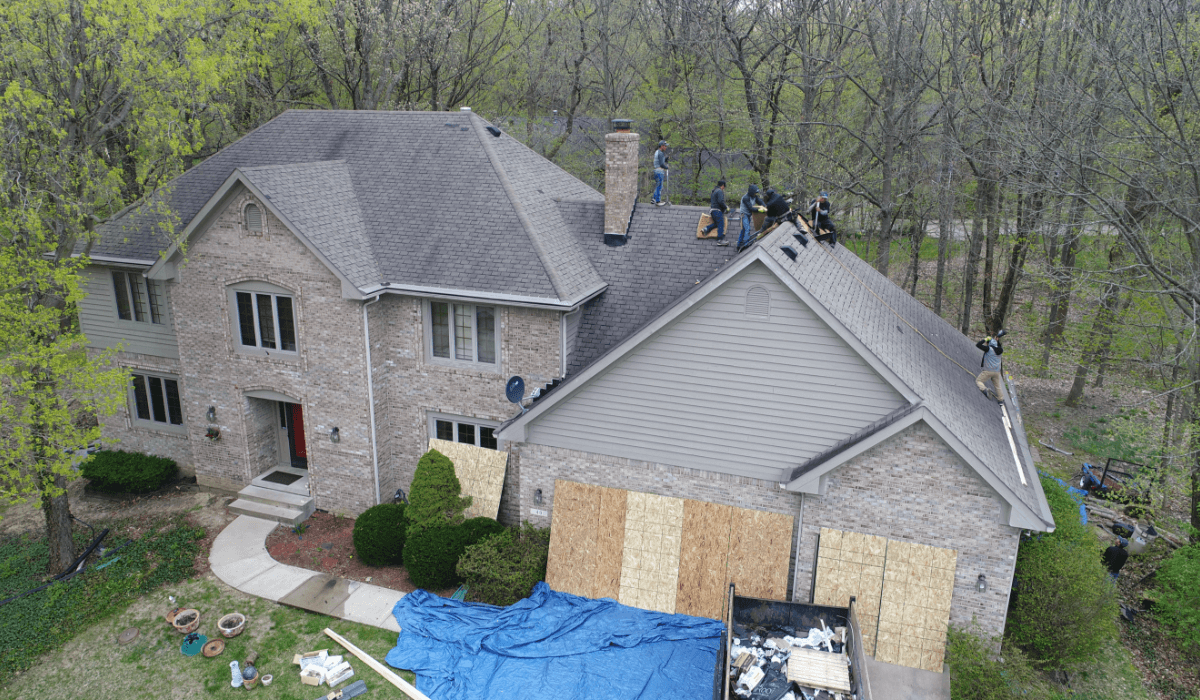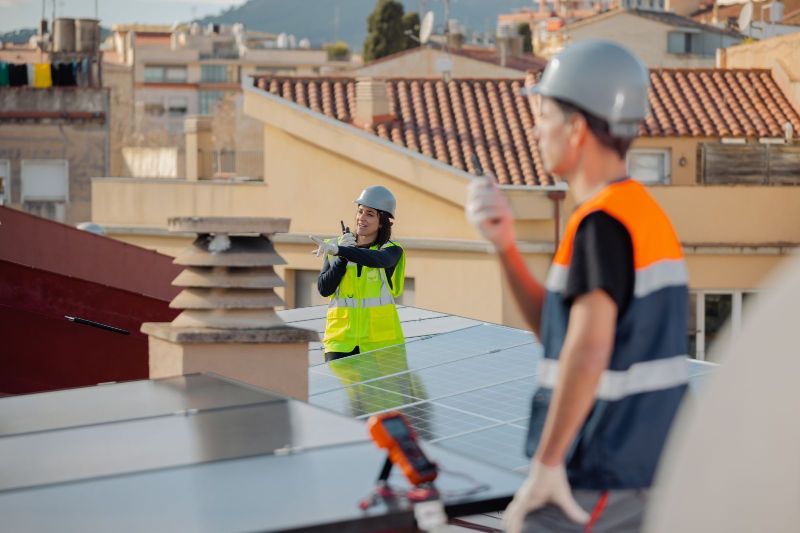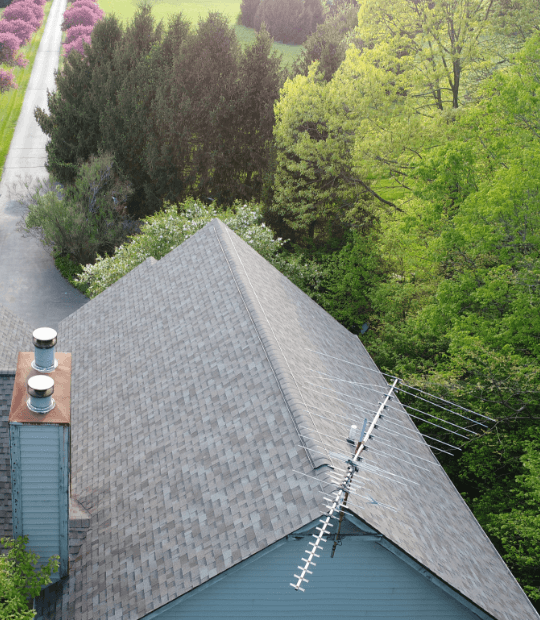In the aftermath of a storm, one of the most crucial tasks for homeowners and property managers is assessing potential damage to their roofs. Whether it's heavy rain, strong winds, or hail, storms can wreak havoc on roofs, leading to leaks, structural damage, or even complete collapse if left unaddressed. However, conducting roof inspections post-storm requires more than just a cursory glance from the ground. It demands a systematic and safe approach to ensure thorough assessment while minimizing risks. In this blog post, we'll delve into the essential steps and precautions for conducting storm inspections to assess roof damage safely.
- Safety First:
Before embarking on any inspection, prioritize safety above all else. Climbing onto a roof, especially after a storm, can be hazardous due to slippery surfaces, loose debris, or weakened structures. Always use proper safety gear, including harnesses, non-slip footwear, and gloves. Additionally, assess the weather conditions to avoid working in adverse situations that could exacerbate risks.
- Exterior Inspection:
Begin by examining the roof from ground level, scanning for visible signs of damage such as missing or displaced shingles, dented gutters, or fallen branches. Use binoculars to get a closer look at hard-to-reach areas without risking personal safety. Pay attention to any areas where water might accumulate, as these could indicate potential leaks or drainage issues.
- Interior Assessment:
While exterior damage is more apparent, don't overlook the importance of inspecting the interior of the property. Check for water stains, dampness, or mold growth on ceilings, walls, and attic spaces. These are telltale signs of roof leaks and can help pinpoint the location and severity of damage.
- Document Findings:
Keep detailed records of your inspection findings, including photographs and written descriptions. This documentation will not only serve as evidence for insurance claims but also aid in tracking the progress of repairs. Note the date and time of the inspection, as well as any observations regarding the extent of damage and recommended remediation steps.
- Assess Structural Integrity:
In addition to assessing surface damage, evaluate the structural integrity of the roof. Look for signs of sagging, bowing, or cracking, which could indicate underlying issues requiring immediate attention. If there are any concerns about the stability of the roof, refrain from walking on it and seek professional assistance.
- Consult with Experts:
While DIY inspections can provide valuable insights, certain types of damage may require professional expertise to assess accurately. Consider consulting with roofing contractors or structural engineers, especially for complex issues or if you're unsure about the extent of damage. Their insights can help prioritize repairs and ensure the long-term stability of your roof.
- Act Promptly:
Delaying repairs or neglecting minor damage can exacerbate problems and lead to costly repairs down the line. As soon as you identify any signs of roof damage, take prompt action to address them. This may involve temporary fixes to prevent further water intrusion or scheduling repairs with qualified contractors.
- Insurance Claims:
If the storm damage is extensive, consider filing an insurance claim to cover repair costs. Review your insurance policy to understand coverage limits, deductibles, and the claims process. Provide your insurer with thorough documentation of the damage, including inspection reports, photographs, and repair estimates, to expedite the claims process.
- Preventative Measures:
Once repairs are complete, take proactive steps to protect your roof from future storms. Trim overhanging branches, clean gutters regularly, and reinforce vulnerable areas such as flashing and seals. Investing in high-quality roofing materials and periodic maintenance can extend the lifespan of your roof and mitigate potential damage.
- Regular Maintenance:
Lastly, incorporate regular roof inspections into your maintenance routine, ideally on a semi-annual basis or after significant weather events. Proactive monitoring allows you to identify and address minor issues before they escalate, preserving the integrity of your roof and minimizing the risk of costly repairs.
Conducting storm inspections to assess roof damage safely requires a systematic approach, prioritizing safety, thoroughness, and prompt action. By following these essential steps and precautions, homeowners and property managers can effectively evaluate the impact of storms on their roofs and take proactive measures to mitigate damage and ensure long-term structural integrity. Remember, when in doubt, seek professional assistance to address complex issues and safeguard your property against future storms.



